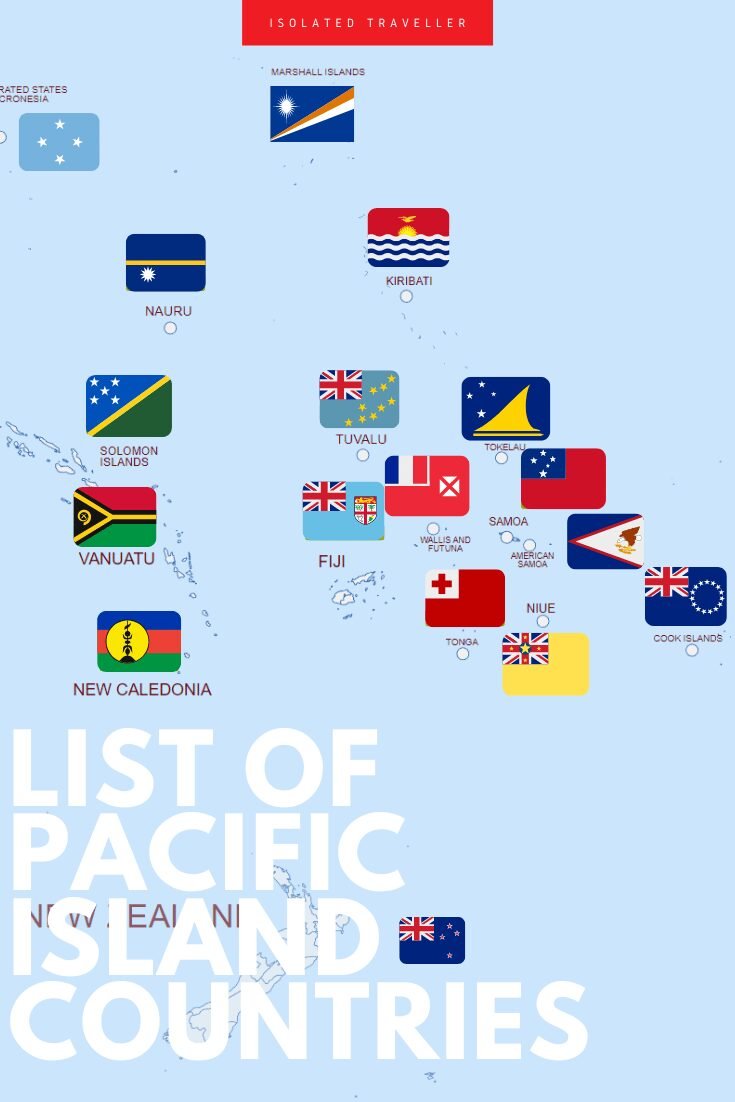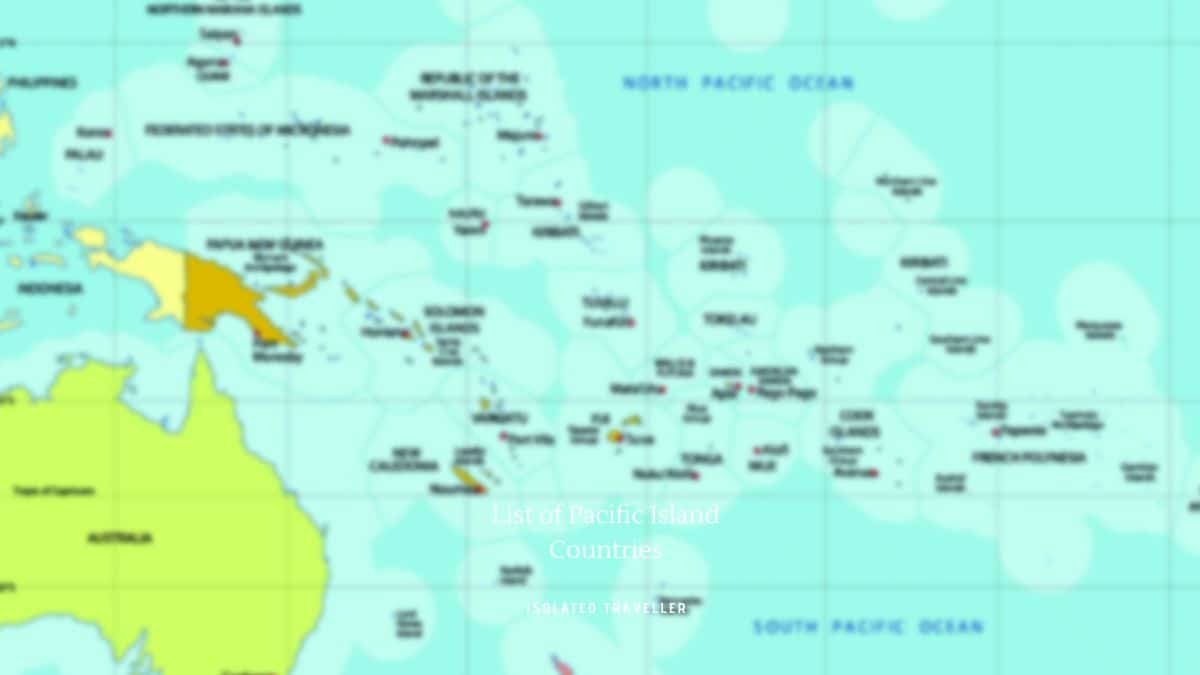List of Pacific Island Countries
The Pacific Islands are a huge group of islands in the middle of the Pacific Ocean. The countries in this region tend to be small and isolated, but they all have their own unique cultures and customs. The countries in this region are mostly small and many have limited resources. This makes them vulnerable to natural disasters such as earthquakes, tsunamis, volcanoes and hurricanes.
The Pacific Islands are made up of three subregions: Melanesia, Micronesia and Polynesia:
- Melanesia is a subregion of Oceania extending from the western end of the Pacific Ocean to the Arafura Sea, and eastward to Fiji. The region comprises New Guinea, the Bismarck Archipelago, Vanuatu, Solomon Islands, Fiji and New Caledonia. Melanesia has a diverse mix of people and languages.
- Polynesia is a region of Oceania, made up of more than 1,000 islands scattered over the central and southern Pacific oceans. The term was first introduced by French explorer Dumont d’Urville in 1832 as a collective name for all ethnicities found or once found in Oceania.
- Micronesia is a group of islands in the South Pacific Ocean. It includes several island chains, including the Caroline Islands, Marshall Islands, and the Gilbert Islands and consists of about 2,000 islands.
Here are the 15 independent countries in the Pacific Islands:
- Northern Mariana Islands
- Federate the States of Micronesia
- Fiji
- French Polynesia
- Kiribati
- Marshall Islands
- Nauru
- New Caledonia
- New Zealand
- Palau
- Solomon Islands
- Tonga
- Tuvalu
- Vanuatu
- Wallis and Futuna
Kiribati, Samoa, Solomon Islands, Tuvalu and Vanuatu are classified as least-developed countries. New Zealand is a developed country. The remaining countries and areas are classified as developing countries.
Northern Mariana Islands

The Northern Mariana Islands are an island group in the western Pacific Ocean. They are composed of three major islands, Saipan, Rota and Tinian, which account for 85% of the land area of the commonwealth. They have a combined population of 70,000. The capital is Saipan and is located on the largest island of the Mariana Archipelago.
The islands have been inhabited for over 3,000 years but were first discovered by Europeans in 1521 when Ferdinand Magellan arrived on them during his voyage around the world. The Northern Mariana Islands are also known as the Marianas or Mānīfas in Chamorro, the native language. They’re named after Queen Maria Christina of Austria.
Federate the States of Micronesia
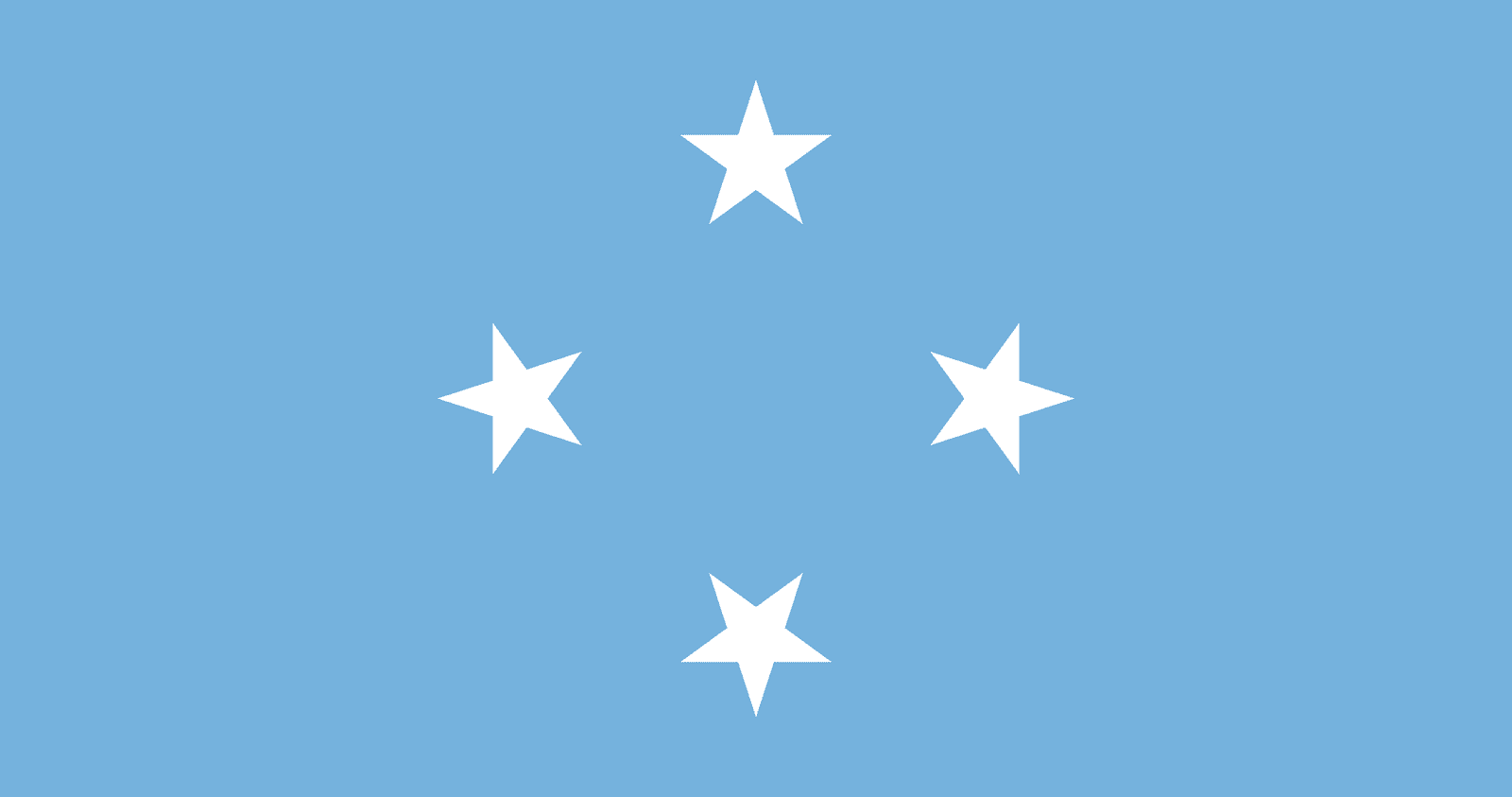
The Federated States of Micronesia is a sovereign country comprising four states, namely Yap, Chuuk (Truk), Pohnpei and Kosrae. These four islands are spread over an area of approximately 700,000 square kilometres and have a population of around 107 thousand people.
Federate is the state that is located in the Federated States of Micronesia and it has an area of about 685 square kilometres with a population of about 1 million people. The capital city is Pohnpei City and it was named after Peter W as he was the first person to settle here when he arrived in 1623.
Fiji
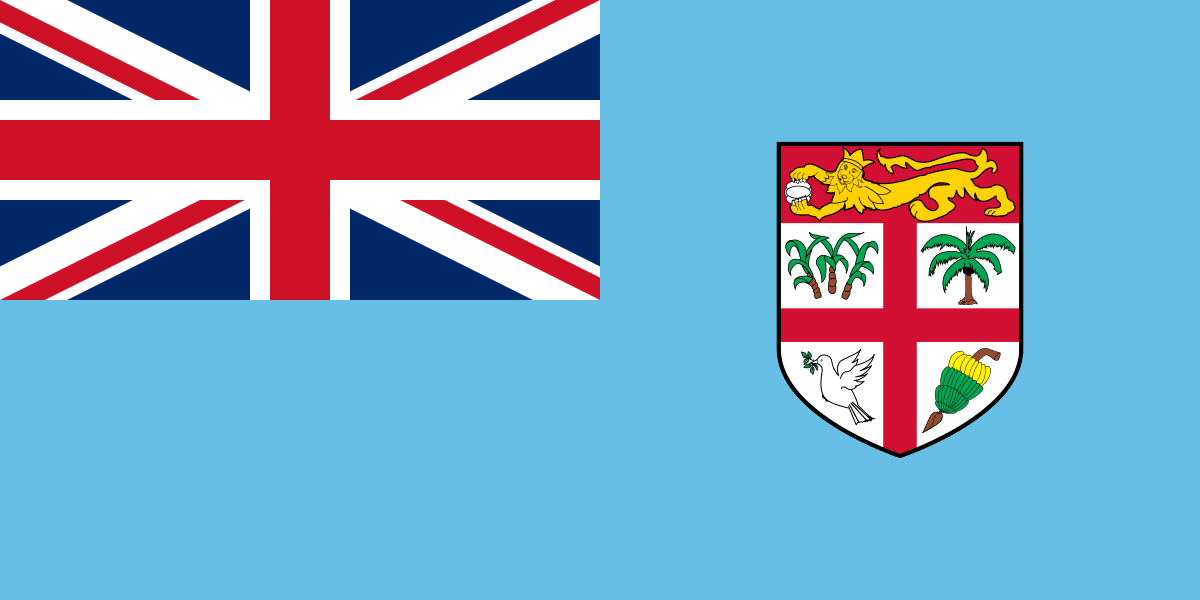
Fiji is a country located in the South Pacific Ocean and is made up of more than 300 islands. The country has a tropical climate, which means that it is hot and humid year-round. Fiji’s capital city is Suva, which has about 400,000 people living there. The island nation’s official languages are English and Fijian, but many other languages are spoken as well.
French Polynesia

French Polynesia is a country in the South Pacific Ocean. It includes five archipelagos: the Society Islands, Tuamotu Islands, Marquesas Islands, Gambier Islands and Austral Islands.
The official language of French Polynesia is French and it is also the most spoken language on the islands. The population speaks more than 100 languages including Tahitian, which is one of the most widely spoken Polynesian languages in the region.
French Polynesia is made up of more than 100 islands, with Tahiti being its largest. French Polynesia’s population is estimated to be 270,000 people, and it has a land area of 4,167 square miles (10,902 square kilometres).
Kiribati
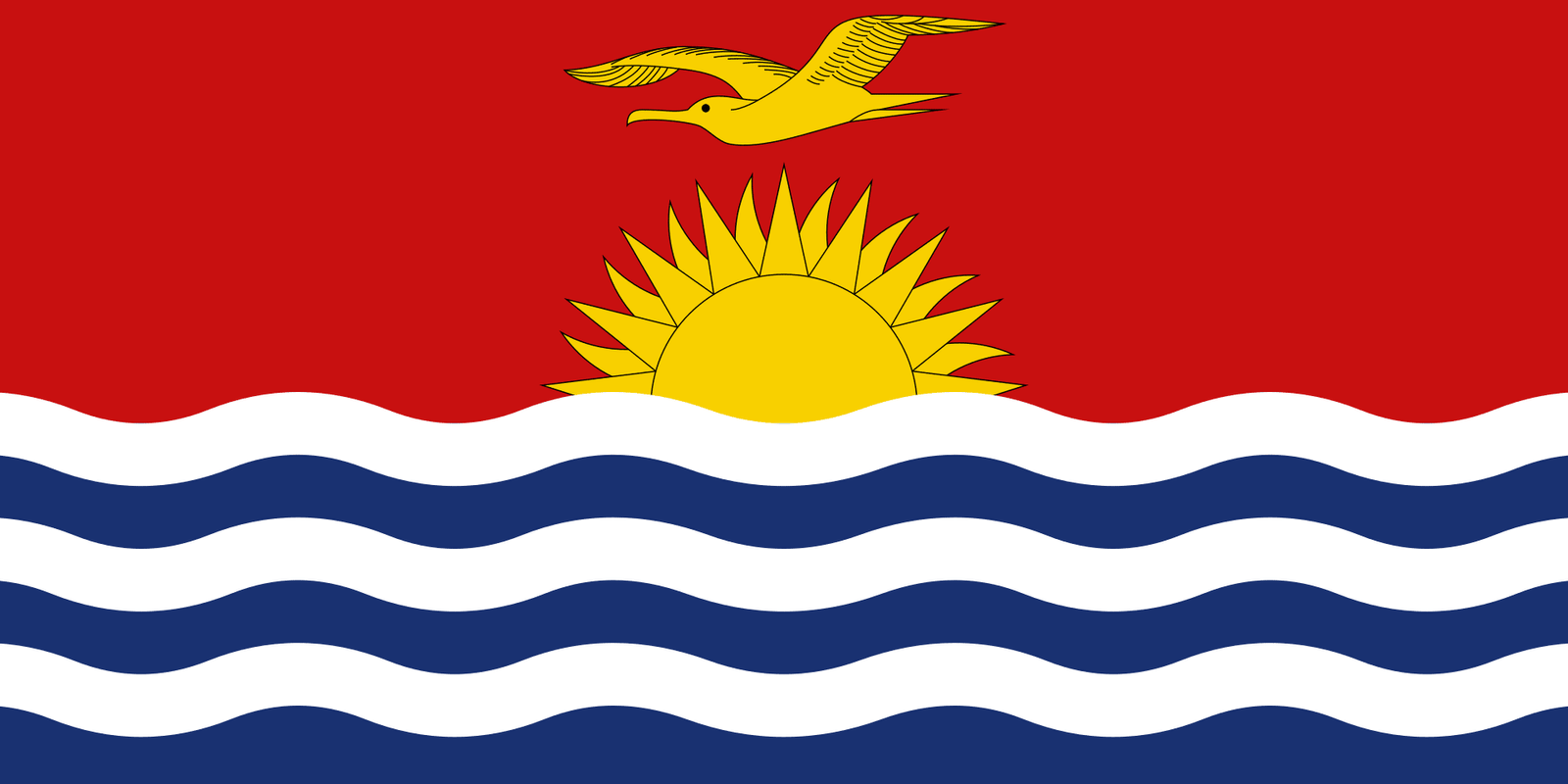
Kiribati is an island nation located in the Pacific Ocean, just north of Australia. Kiribati is made up of 32 atolls, each one made up of low-lying coral islands. The country has a total landmass of about 21 square miles, and the highest point in the country is only about 15 feet above sea level. Because of this, it’s one of the most vulnerable countries to rising sea levels caused by climate change. Kiribati was once known as the Gilbert Islands; it became independent from Great Britain in 1979 and changed its name to Kiribati later that year.
The official religion of Kiribati is Roman Catholicism, but many other religions are practised throughout the country as well. Kiribati has one of the highest rates of obesity in all of Oceania, with an estimated 35% of adults being obese or overweight
Marshall Islands
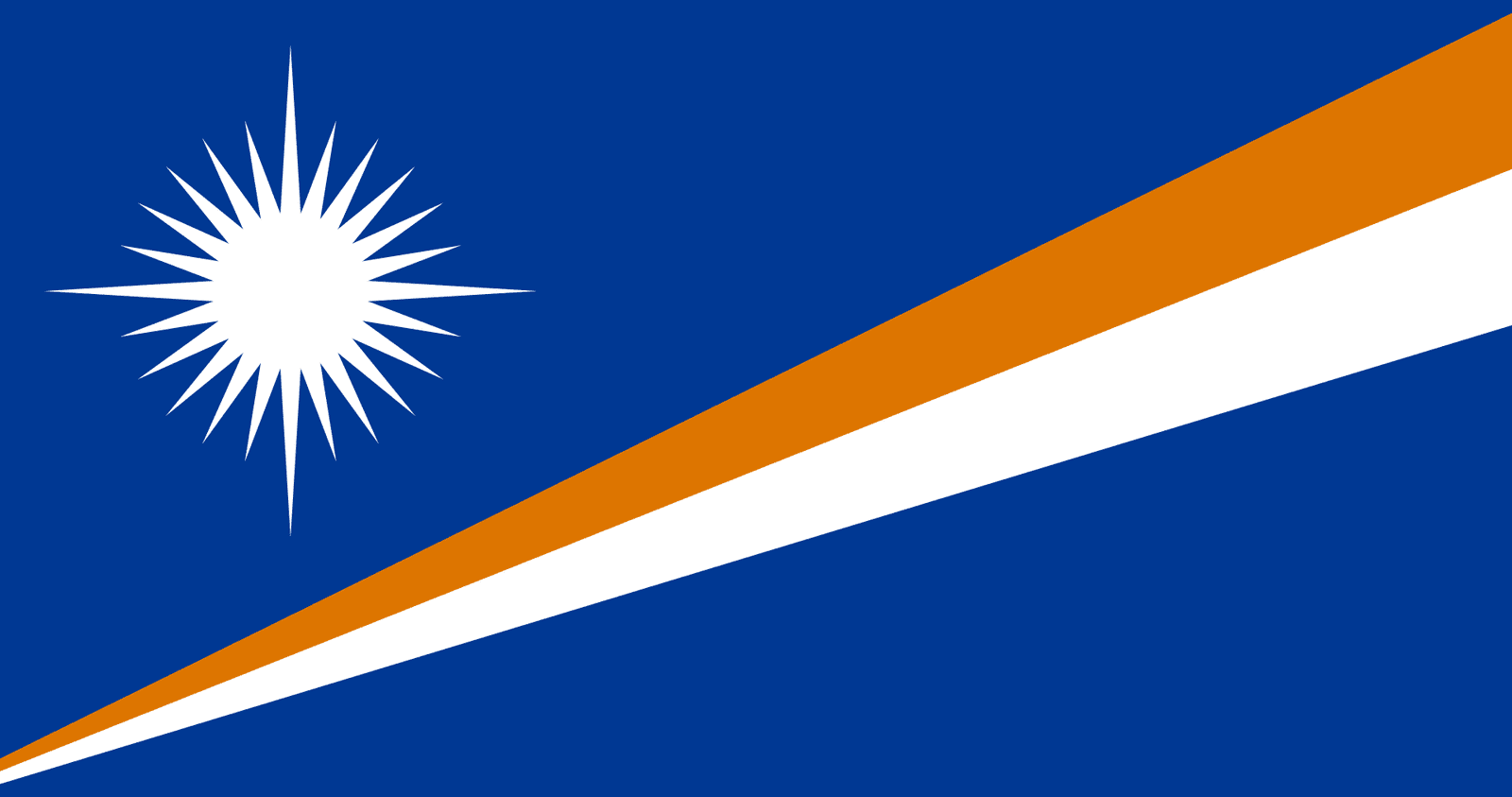
The Marshall Islands are an island country located in the Pacific Ocean. They’re a small country that’s made up of 29 coral atolls. The capital city is called Majuro and it has a population of about 50,000 people.
The Marshall Islands have a tropical climate with temperatures ranging from 24°C to 32°C. They get their name from John Marshall, who discovered them in 1804.
The official language of the Marshall Islands is English, but there are also several indigenous languages spoken within its borders.
The name “Marshall Islands” is derived from the former British explorer John Marshall, who visited the islands in 1788. The country was officially named the Republic of the Marshall Islands in 1986. The Republic made its first steps toward becoming an independent nation when it declared independence from the United States on September 24th, 1983.
Nauru

Nauru is an island country in the South Pacific, east of the Marshall Islands. The country is made up of one large island and several smaller ones, with a total area of 21 square km
Nauru’s location has been important to its history. It was originally settled by Polynesians who used it as a stopover point on their journeys between New Guinea and Fiji. It became important during World War II as a base for Allied forces guarding against Japanese attacks in the Pacific.
New Caledonia
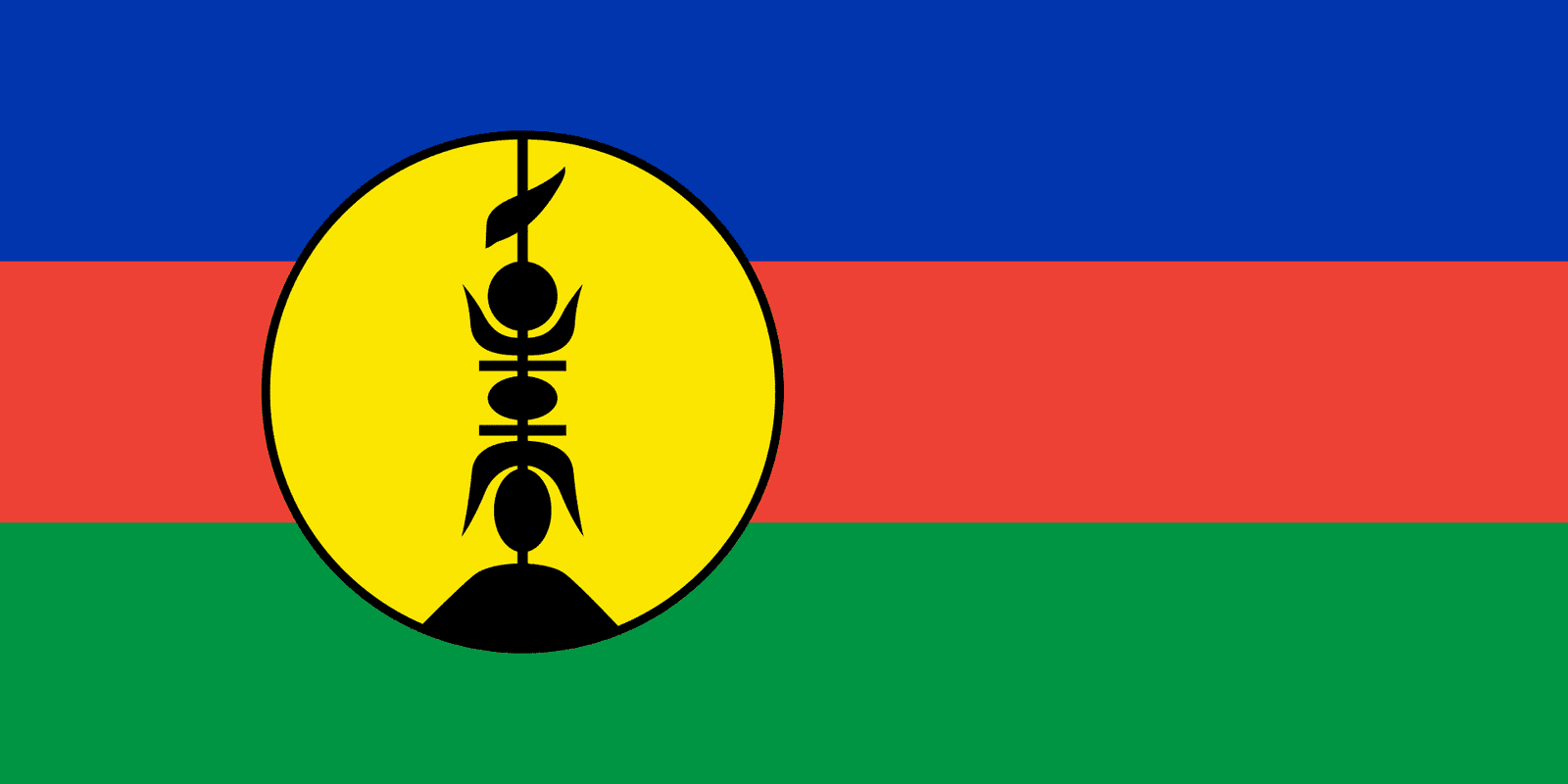
New Caledonia is an island nation located in the southwest Pacific Ocean. It is made up of the main island and smaller islands, and it has a population of more than 250,000 people.
New Caledonia is divided into three provinces: the North Province, which contains the capital city of Noumea; the Loyalty Islands Province; and the South Province. The main island is home to most of New Caledonia’s population, while the Loyalty Islands are mostly uninhabited except for a few small villages.
The native people of New Caledonia are Kanaks, who are Melanesians from Southeast Asia. They are believed to have arrived around 3,000 years ago from Indonesia via Papua New Guinea.
New Zealand

New Zealand known as the “Land of the Long White Cloud,” is a country in the southwestern Pacific Ocean. New Zealand is home to the oldest continuous democracy in the world and is made up of two main islands: North Island and South Island. The capital city is Wellington, while Auckland is New Zealand’s largest city.
New Zealand’s capital city is Wellington, while its most populous city is Auckland. A unitary sovereign state and constitutional monarchy with a parliamentary democracy, New Zealand emerged from British colonial rule as a developed country and continues to be one of the wealthiest countries in the world in terms of GDP per capita.
Palau

The Republic of Palau is a small island nation located in Micronesia, a region of Oceania. It is one of the four states that make up the Federated States of Micronesia, and it is located between the Philippines and Indonesia. The capital city of Palau is Koror. The country’s name means “island” in Palauan and Chamorro
Palau is a constitutional democracy with a presidential system, meaning that the executive branch is elected by the people. The president appoints a cabinet of ministers who serve as his or her advisers and implement policies.
Solomon Islands

The Solomon Islands is an island country in the South Pacific Ocean. The capital city is Honiara, and the official languages are English and Solomon Islands Pidgin. The islands were first settled by Melanesian people around 30,000 years ago. In 1568, they were visited by Spanish explorer Álvaro de Mendaña de Neira, who named them after his patron saint, St. James.
The Solomon Islands is one of the most diverse countries in the world, with over 80 languages spoken by its inhabitants. The capital is Honiara, which is located on Guadalcanal
The economy relies heavily on agriculture and fishing; however, logging has become a large source of income for many people who live there as well.
Tonga
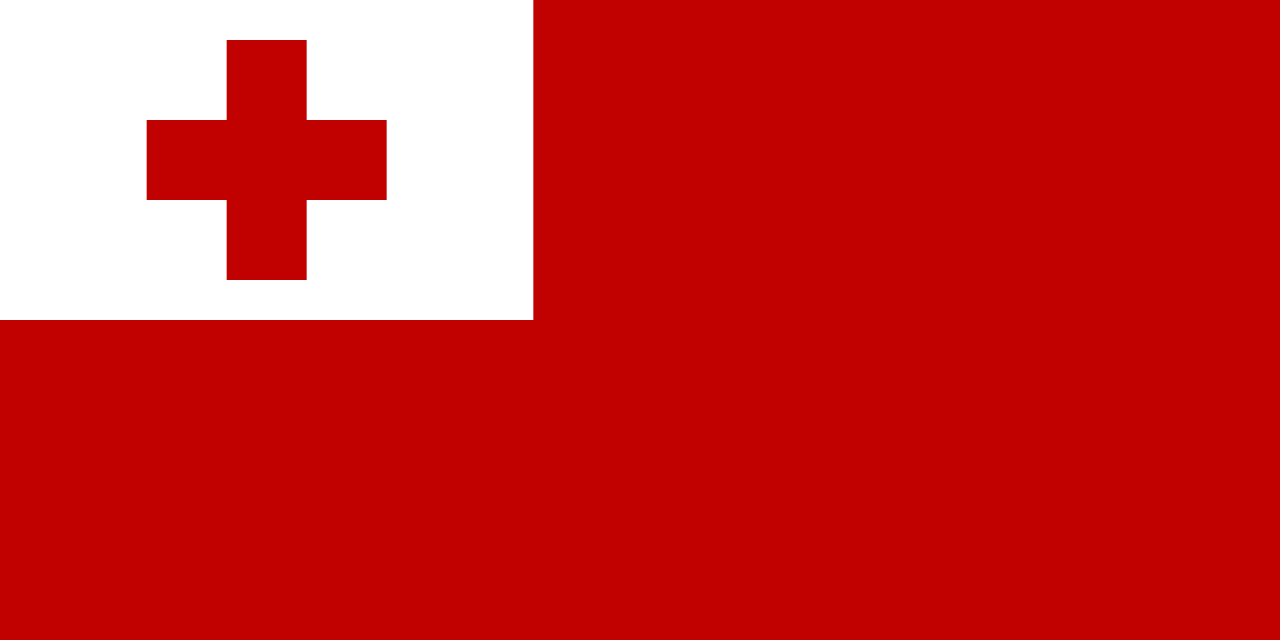
Tonga is a Polynesian kingdom located in the South Pacific Ocean. The country consists of 176 islands. The population of Tonga is about 110,000 people and has a life expectancy of 73 years for men and 77 years for women.
Tonga has a complicated history, but it has been an independent country since 1875. The language of Tonga is Tongan, and it’s spoken by almost all people in the country.
In 1862 Tonga became a British protectorate and was annexed by New Zealand in 1900. It became independent again in 1970 but later joined with other Pacific Island nations to form the Polynesian Pacific Islands Forum.
Tuvalu
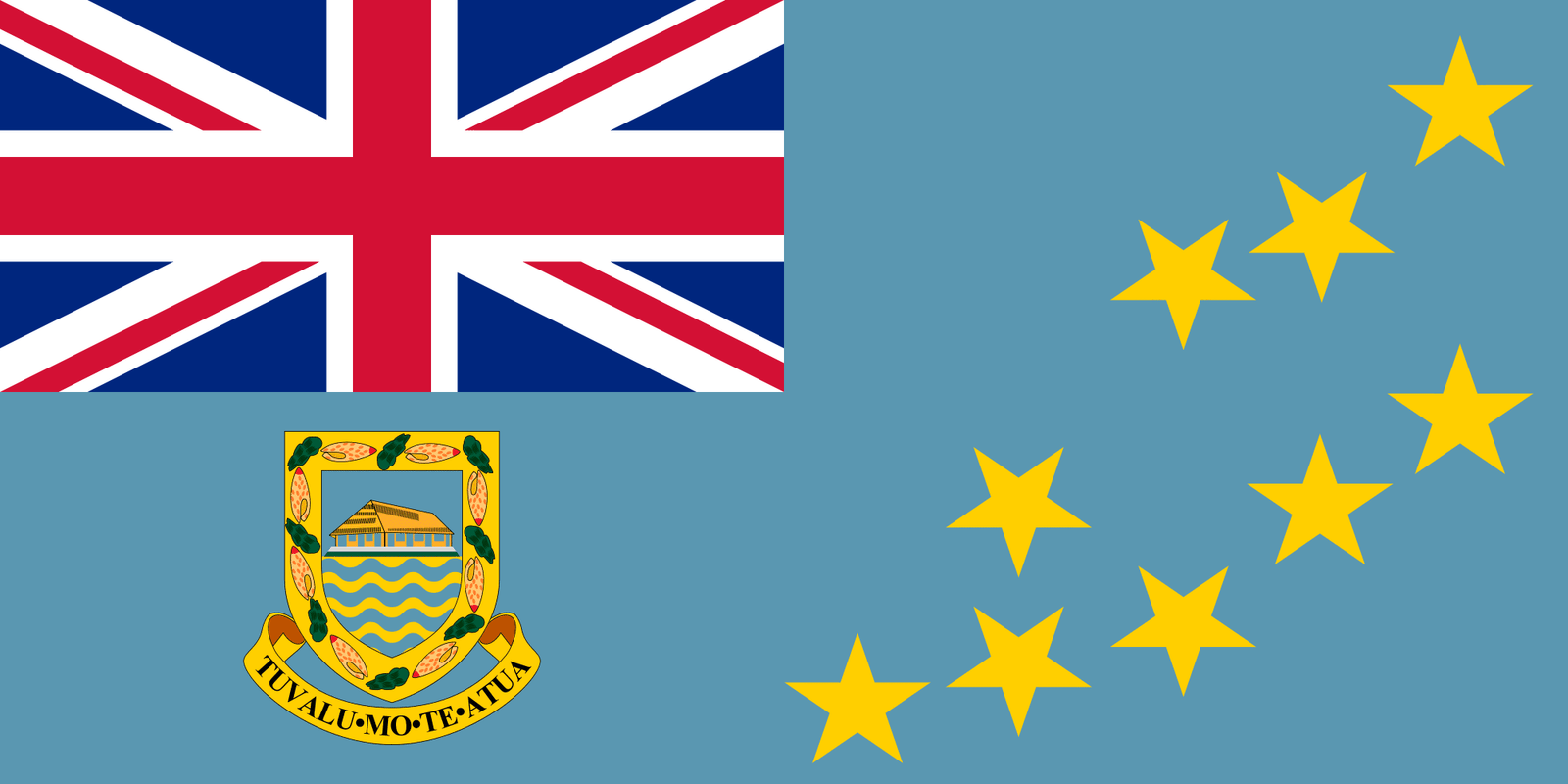
Tuvalu is an island nation situated in the South Pacific Ocean. It lies halfway between Hawaii and Australia and is made up of nine islands that are spread across a distance of 3,000 kilometres.
Tuvalu was formerly known as the Ellice Islands, a British protectorate. It gained its independence in 1978, but then Britain retained control of certain aspects of Tuvalu’s governance until 1985.
The capital city of Tuvalu is Funafuti. The country’s official languages are Tuvaluan and English.
Tuvalu is located in what’s known as the “Ring of Fire,” an area that has been prone to earthquakes and volcanic eruptions throughout history
Vanuatu
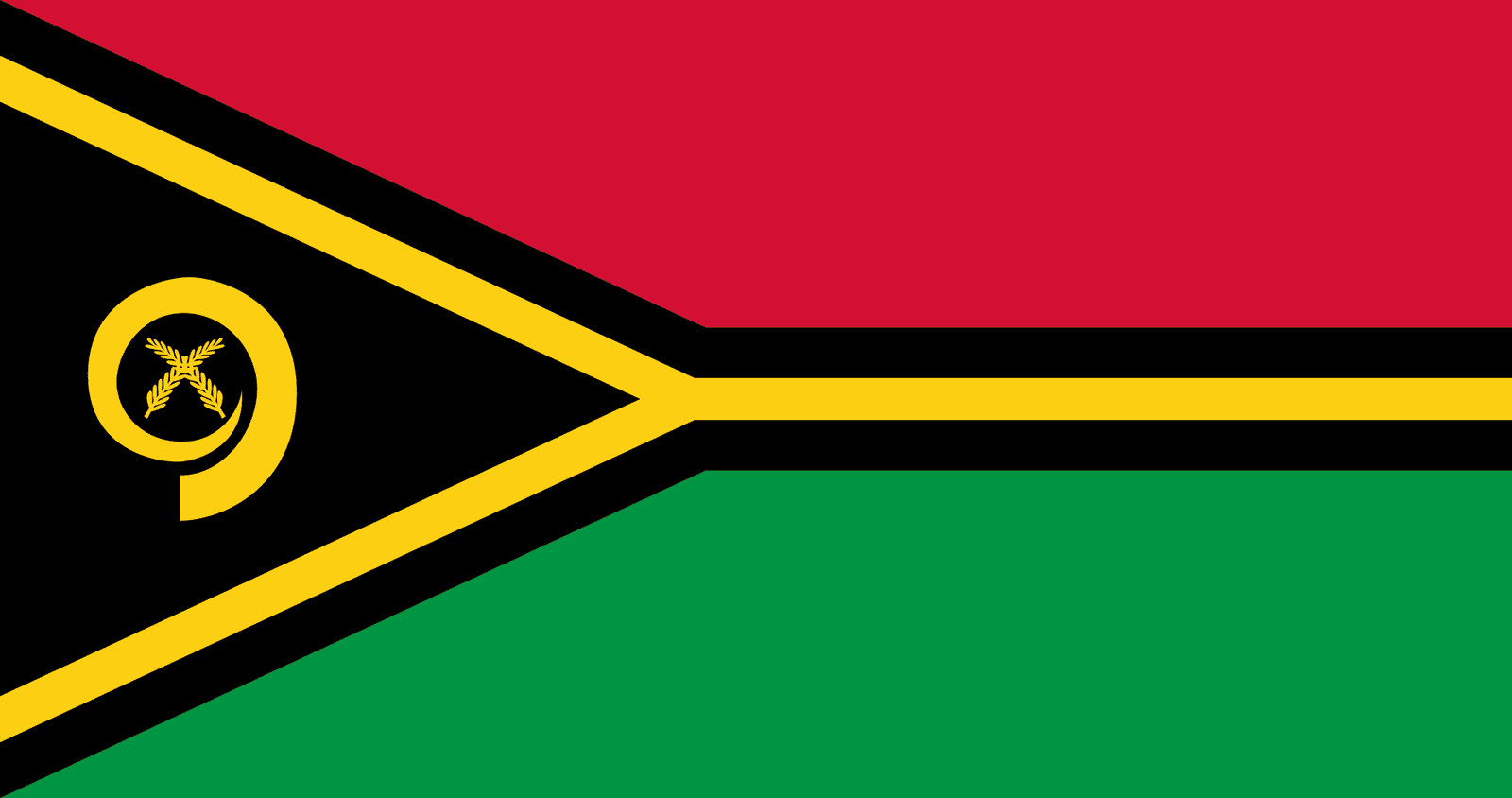
Vanuatu is an island nation located in the South Pacific Ocean. It’s made up of about 80 islands and has a population of about 267,000 people. The country was formerly known as the New Hebrides until 1980, when it gained its independence from France.
The country’s capital city is Port Vila. The main language is spoken there is Bislama, but English is also used by most people.
Vanuatu’s economy relies heavily on tourism and agriculture, but it also has rich mineral deposits that are being explored for extraction. In addition to tourism, Vanuatu’s most important exports include coconut oil and palm kernels.
Wallis and Futuna
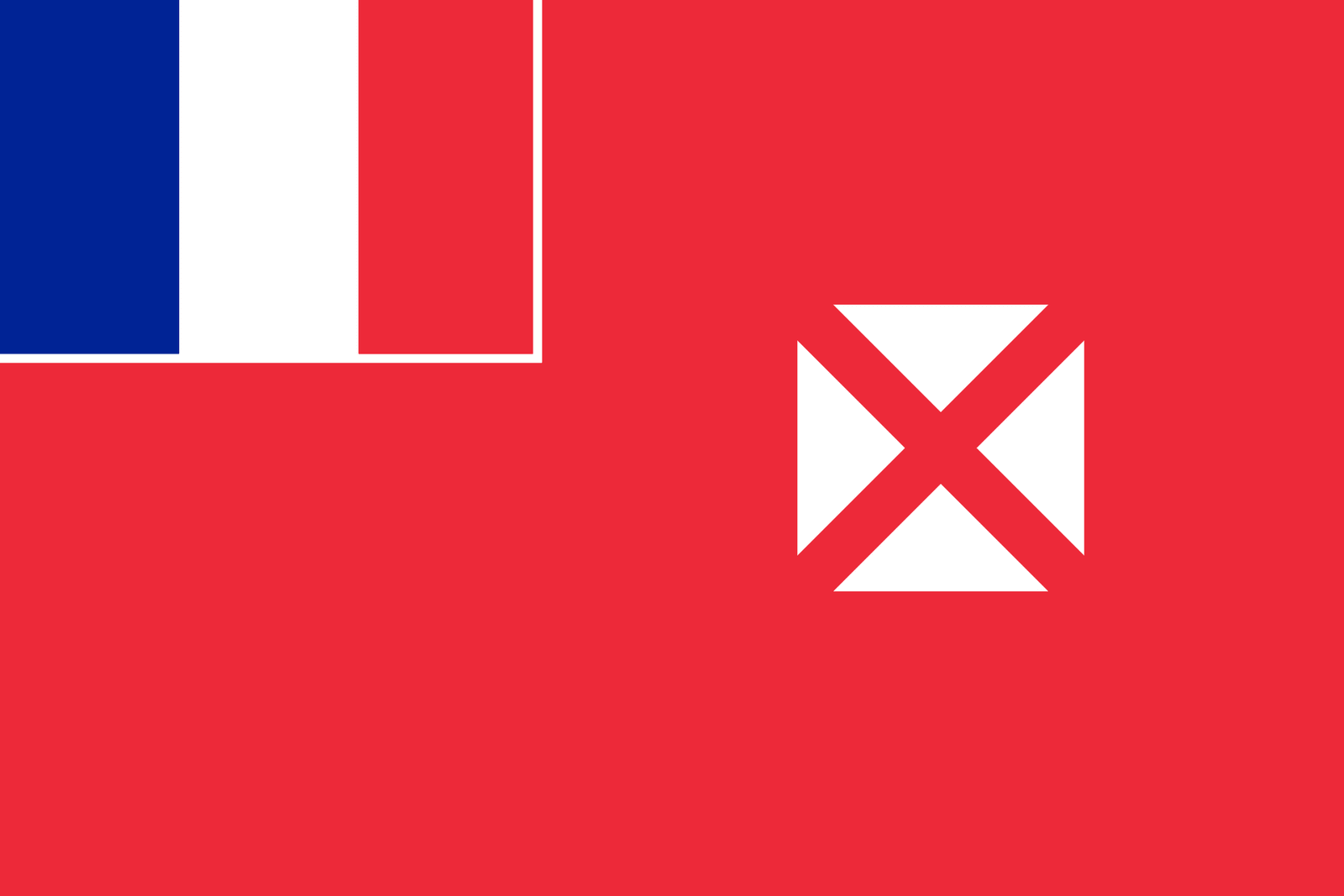
Wallis and Futuna is a French overseas territory in the Pacific. It’s made up of two islands, Wallis and Futuna.
Wallis and Futuna have two main islands: Grande Terre, the main island, and Petite Terre. The islands are governed by an elected president, who serves as the head of state. The current president is Ahihi Taimi of Wallis and Futuna’s Democratic Party.
The capital of Wallis and Futuna is Mata-Utu, which also serves as the economic centre of the country. The majority of Wallisians work in agriculture or fishing, but tourism has become an increasingly important source of income for them since the 1980s.
List of Pacific Island Countries
| Pacific Island Country Name | Population | Area |
| New Zealand | 5,084,000 | 268,021 km² |
| Fiji | 896,444 | 18,274 km² |
| Solomon Islands | 686,878 | 28,896 km² |
| Vanuatu | 307,150 | 12,199 km² |
| French Polynesia | 280,904 | 4,167 km² |
| New Caledonia | 271,960 | 18,519 km² |
| Kiribati | 119,446 | 811 km² |
| Federate the States of Micronesia | 115,021 | 702 km² |
| Tonga | 105,697 | 748.5 km² |
| Marshall Islands | 59,194 | 181 km² |
| Northern Mariana Islands | 57,557 | 477 km² |
| Palau | 18,092 | 458.4 km² |
| Wallis and Futuna | 15,289 | 142 km² |
| Tuvalu | 11,792 | 26 km² |
| Nauru | 10,834 | 21 km² |
Controversial
Is the Philippines a Pacific Island country?
The Philippines is not a Pacific Island country. The Philippines is located in Southeast Asia, on the western side of the Pacific Ocean. The Philippines is situated on the Pacific Ocean, and because all archipelagos located on the Pacific Ocean may be referred to as Pacific Islands; then Filipinos by association with this geographical detail may be described also as Pacific Islanders.
Is Japan a Pacific Island country?
Japan is an island country in East Asia. It is often referred to as the “Land of the Rising Sun”. The Japanese archipelago consists of 6,852 islands. Japan’s four main islands are Honshu, Hokkaido, Kyushu and Shikoku. The Ryukyu Islands are also considered part of Japan. In total there are over 1,200 islands in Japan’s territory. Even with a number of small islands that may be situated in the Pacific region, Japan is considered an East Asian nation.
What are some of the problems the Pacific islands face?
There are a lot of problems facing Pacific Island countries, but the most pressing ones are rising sea levels and natural disasters.
- Rising sea levels are a problem because they can contaminate drinking water, flood homes and other buildings, and cause massive erosion of coastlines. Rising sea levels are a big problem for the Pacific islands because they are composed largely of low-lying atolls and volcanic islands.
- Natural disasters like earthquakes, tsunamis, hurricanes, cyclones and typhoons can be devastating to the Pacific islands because they’re so close to large bodies of water. These natural disasters can cause flooding, landslides and other types of destruction to infrastructure on these islands.
- lack of resources, many islands have been forced to borrow money from other countries in order to pay for their imports. Unfortunately, this has led some nations into debt with other countries
- There are social issues that affect these countries as well. For example, many people in these countries struggle with poverty or lack of educational opportunities due to corruption or lack of resources available in their communities or countries at large.
